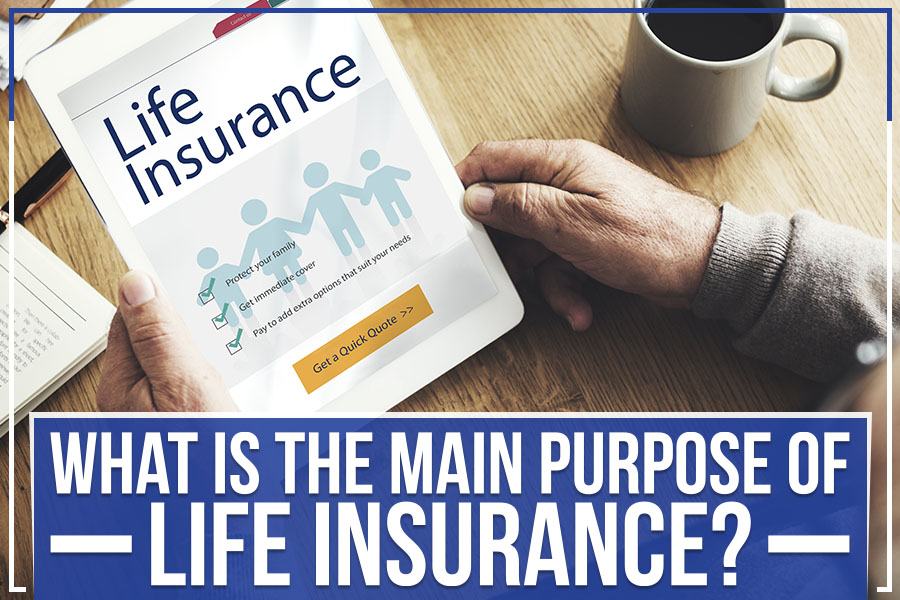Little Known Facts About Pacific Prime.
Little Known Facts About Pacific Prime.
Blog Article
Not known Details About Pacific Prime
Table of ContentsExamine This Report about Pacific PrimeGetting My Pacific Prime To WorkPacific Prime Things To Know Before You Get ThisSome Ideas on Pacific Prime You Need To KnowThe Buzz on Pacific Prime

This is since the information were gathered for a duration of solid economic performance. Of the approximated 42 million individuals who were without insurance, just about about 420,000 (regarding 1 percent) were under 65 years old, the age at which most Americans become qualified for Medicare; 32 million were adults between ages 18 and 65, about 19 percent of all adults in this age; and 10 million were children under 18 years of age, concerning 13.9 percent of all children (Mills, 2000).
These quotes of the variety of persons uninsured are produced from the annual March Supplement to the Existing Populace Survey (CPS), carried out by the Census Bureau. Unless or else noted, national quotes of people without wellness insurance and proportions of the populace with various type of insurance coverage are based upon the CPS, one of the most widely used source of quotes of insurance policy protection and uninsurance prices.
Pacific Prime Fundamentals Explained

Still, the CPS is particularly valuable due to the fact that it creates annual estimates relatively quickly, reporting the previous year's insurance policy coverage estimates each September, and due to the fact that it is the basis for a regular set of estimates for greater than two decades, enabling for analysis of fads in coverage gradually. For these reasons, as well as the extensive use the CPS in various other studies of insurance policy protection that are presented in this record, we depend on CPS estimates, with constraints kept in mind.

The estimate of the variety of uninsured individuals expands when a populace's insurance policy status is tracked for numerous years. Over a three-year period starting early in 1993, 72 million individuals, 29 percent of the united state populace, were without coverage for a minimum of one month. Within a single year (1994 ), 53 million individuals experienced at the very least a month without coverage (Bennefield, 1998a)
6 out of every ten uninsured grownups are themselves employed. Although functioning does enhance the likelihood that and one's member of the family will have insurance, it is not an assurance. Even participants of families with 2 full-time wage income earners have almost a one-in-ten opportunity of being without insurance (9.1 percent without insurance rate) (Hoffman and Pohl, 2000).
Pacific Prime Can Be Fun For Anyone
New immigrants account for a considerable percentage of individuals without medical insurance. One evaluation has actually attributed a significant part of the current development in the dimension of the U.S. uninsured populace to immigrants that showed up in the nation between 1994 and 1998 (Camarota and Edwards, 2000). Recent immigrants (those who came to the United States within the past four years) do have a high rate of being without insurance (46 percent), yet they and their children account for just 6 percent of those without insurance country wide (Holahan et al., 2001).
The connection between medical insurance and accessibility to care is well developed, as recorded later on in this phase. Although the connection in between wellness insurance policy and wellness end results is neither straight neither straightforward, a considerable scientific and wellness solutions research study literature links wellness insurance protection to better accessibility to care, much better quality, and improved personal and populace health and wellness condition.
Levels of evaluation for analyzing the results of uninsurance. It focuses especially on those without any health and wellness insurance for any type of size of time.
The Best Guide To Pacific Prime
The troubles encountered by the underinsured remain in some areas comparable to those encountered by the without insurance, although they are usually less extreme. group insurance plans. Uninsurance and underinsurance, nonetheless, include definitely various plan concerns, and the approaches for resolving them may differ. Throughout this study and the 5 records to comply with, the primary focus gets on individuals without any health and wellness insurance coverage and thus no aid in spending for healthcare beyond what is available via charity and safety and security web organizations
Medical insurance is a powerful variable influencing invoice of treatment due to the More about the author fact that both individuals and doctors react to the out-of-pocket rate of solutions - https://justpaste.it/f0gjl. Medical insurance, nevertheless, is neither needed neither adequate to acquire access to clinical solutions. The independent and direct effect of wellness insurance policy coverage on accessibility to health and wellness services is well developed.
Others will get the health and wellness care they require even without medical insurance, by spending for it out of pocket or seeking it from service providers that use care cost-free or at extremely subsidized prices. For still others, health insurance policy alone does not guarantee invoice of care due to other nonfinancial obstacles, such as an absence of healthcare service providers in their area, limited access to transport, illiteracy, or linguistic and cultural distinctions.
The 30-Second Trick For Pacific Prime
Official research regarding uninsured populaces in the USA dates to the late 1920s and early 1930s when the Committee on the Cost of Healthcare created a collection of records about funding medical professional office sees and hospital stays. This problem became significant as the varieties of clinically indigent climbed during the Great Anxiety.
Report this page